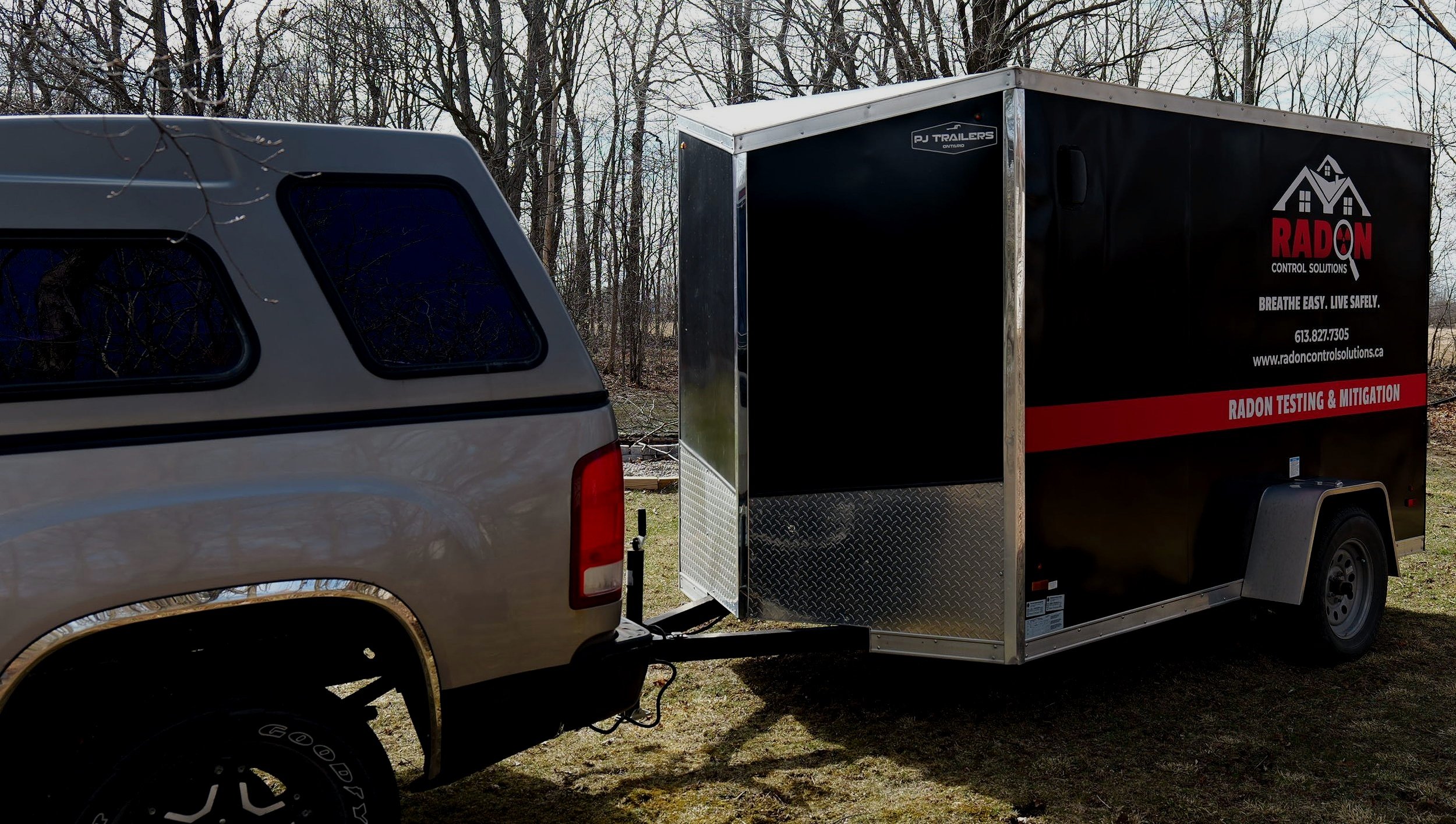
Radon Testing and Mitigation
Serving Kingston, Belleville and Surrounding Areas
Call Us: ‘613-827-7305’
What is Radon?
Radon is a naturally occurring radioactive gas that can accumulate in homes, especially in areas with poor ventilation or high soil radon concentrations. It is colorless, odorless, and tasteless, making it undetectable without specialized testing.
When radon gas is inhaled, radioactive particles can become trapped in the lungs, where they release bursts of energy. Over time, this radiation can damage lung tissue, increasing the risk of lung cancer. Health Canada identifies radon as a significant health risk, being the second leading cause of lung cancer in Canada after smoking. To protect your health and ensure the quality of your home's air, it is crucial to test for radon and take appropriate measures if elevated levels are detected.
Radon is a naturally occurring radioactive gas that can seep into homes from the ground beneath. As uranium in the soil, rock, and water breaks down, radon gas is released and can enter your home through cracks in the foundation, gaps around pipes, sump pumps, and even through the water supply. Because radon is invisible and odorless, it can accumulate to dangerous levels without you even knowing. This makes testing and mitigation essential to ensure the safety of your indoor air quality and the health of everyone in your home.
In cold climates like Canada, the stack effect can significantly increase the amount of radon entering your home. During winter, the warm air inside your home rises and escapes through the roof, creating a vacuum that draws in colder air from below. This process, known as the stack effect, can cause more radon to be pulled into your home from the ground. As your home’s natural ventilation decreases to conserve heat, radon levels can rise even higher, making it essential to monitor and mitigate radon, especially during the colder months.
How Does Radon Get into Our Homes?
Health Effects of Radon Gas in Canada
Radon gas poses a serious health risk, particularly in relation to lung cancer. According to the Report of the Radon Working Group on a New Radon Guideline for Canada, lifetime exposure to radon at 800 Bq/m³ increases the risk of lung cancer to 30% for smokers, compared to a 12% risk from smoking alone. For non-smokers, the risk at the same radon level is 5%, which is higher than the combined risk of common accidental deaths such as motor vehicle accidents, drownings, falls, and fires. At a lower radon level of 200 Bq/m³, the lifetime lung cancer risk for smokers is 17%, while for non-smokers it drops to 2%. Even at lower outdoor radon levels, the risk remains at 1%. These statistics highlight the critical need for radon testing and mitigation to protect both smokers and non-smokers from increased lung cancer risks.



